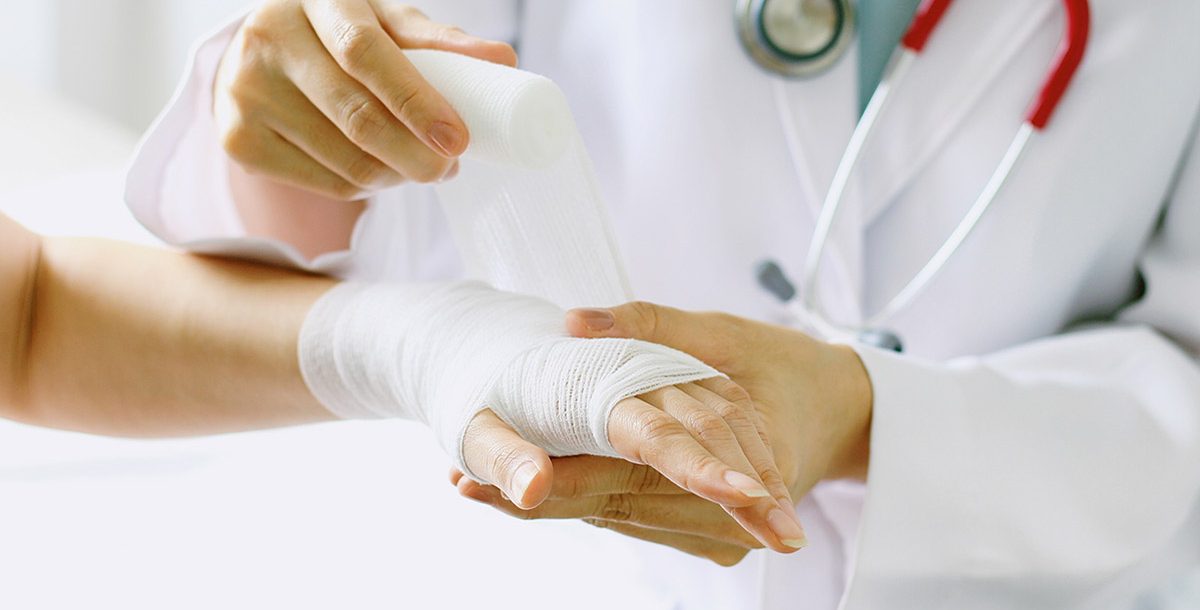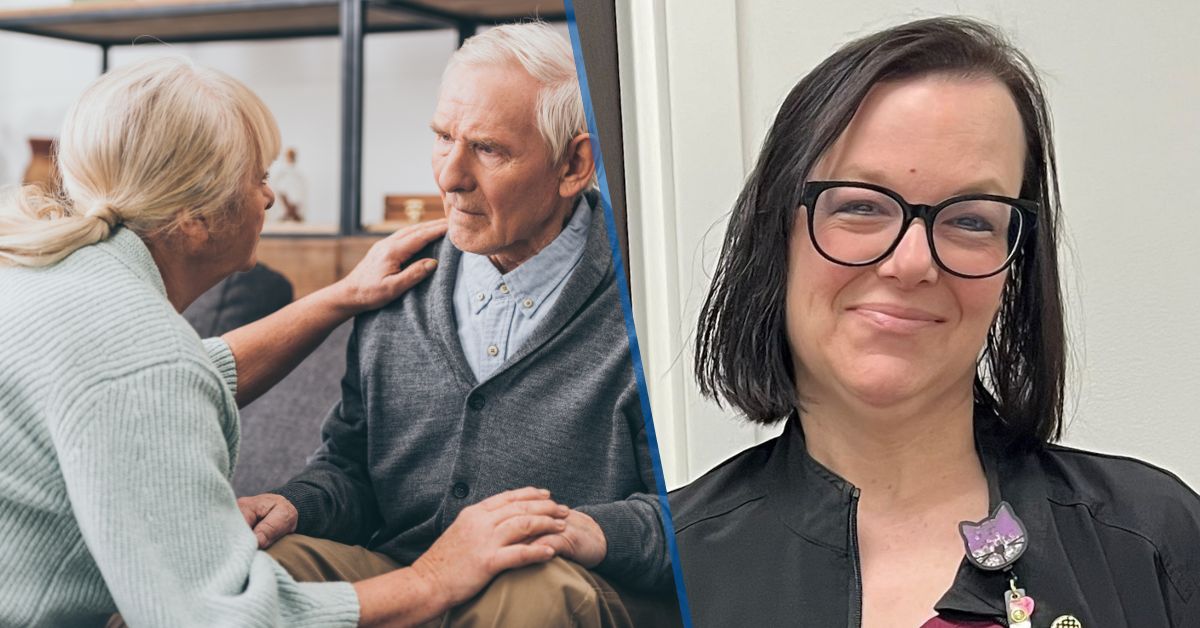No matter your age, accidents happen. Maybe you cut yourself while preparing dinner, or you took a hard fall while you were zooming around the house. After one of these injuries, you might ask, “Do I need stitches?”
How can you tell the difference between a wound that requires stitches and one that will heal by itself? We’ve got the tips you need when it comes to what types of injury require stitches.
First off, what are stitches?
It helps to understand how stitches work. Sometimes known as sutures, stitches act as a thread that prevents a wound from opening. Stitches can be made of materials such as silk or nylon.
Some stitches are designed in such a way that they dissolve into the body, rather than a doctor removing them. The dissolvable design is useful when it comes to stitches inside the mouth, on muscle tissue or in deep layers of skin.
Stitches serve a few purposes. The first and perhaps most obvious benefit is that they keep the wound closed, allowing the site to heal properly. However, stitches also reduce the risk of an infection. They minimize the appearance of scars as the wound heals, too.
When do I need stitches?
Not every cut or scrape is going to require stitches. However, the wound’s size and location can help you decide whether you’ll need professional medical care at an urgent care center or emergency room. Factors like the amount of bleeding from the wound and the cause of the injury can also help you determine if stitches are needed.
First, consider the shape, size and location of the wound.
You might need stitches if the wound is more than a half-inch in size or so wide that it doesn’t stay together during normal movement. Aside from width, a wound that is very deep may be another sign you should see a doctor. For example, if fatty tissue or bone is visible, you shouldn’t try to treat the wound yourself.
The location of the wound can also affect the healing process. You might need stitches on your knee, elbow or other areas where movement may reopen the wound. It’s also best to let a doctor treat injuries to especially sensitive areas, including your face, lips, eyes or genitals.
Next, look for debris in the wound.
Can you see debris in the wound? The presence of glass, dirt or other foreign material can complicate the healing process, so you’ll want to seek medical attention to make sure you prevent infection. If an object, like a nail or large glass shard, is in the wound, leave it in until a doctor can attend to it. Removing the object may increase the bleeding, especially if the item seems lodged in place.
Third, take note of the amount of blood loss.
Heavy bleeding, bleeding that doesn’t stop or a wound that spurts blood are all signs of something serious. But what qualifies as “heavy”? If the blood is spurting or if applying pressure doesn’t stop the bleeding after five to 10 minutes, it’s best to see a doctor. For example, you might need stitches in your arm if blood from the wound keeps soaking through your bandages.
Then, consider the type of wound and what caused it.
If you’re debating, “Do I need stitches for this?” consider what caused the injury. The cause of the wound may affect your risk for infection. An animal bite definitely calls for medical attention, even if the wound seems small.
The same goes for wounds caused by dirty items, such as a rusty nail that goes deep into the foot. In these cases, a doctor can clean the area, and stitches can minimize the risk of infection. Other treatments, such as a tetanus shot, may also be necessary.
And lastly, watch for the risk of infection.
Whether or not you decide you need stitches, keep an eye out for signs of infection.
These signs may include:
- Appearance of pus or red streaks
- Fever, chills or nausea
- Increase in pain and redness
- Reopening of the wound
And if your wound seems to be healing fine with no signs of infection, make sure to keep the area healthy by washing the wound with a clean cloth. Using an antibiotic ointment and bandages is great, too.
You should now be able to answer the question, “Do I need stitches?” Learn about the urgent care and emergency care services we provide at Bon Secours.





